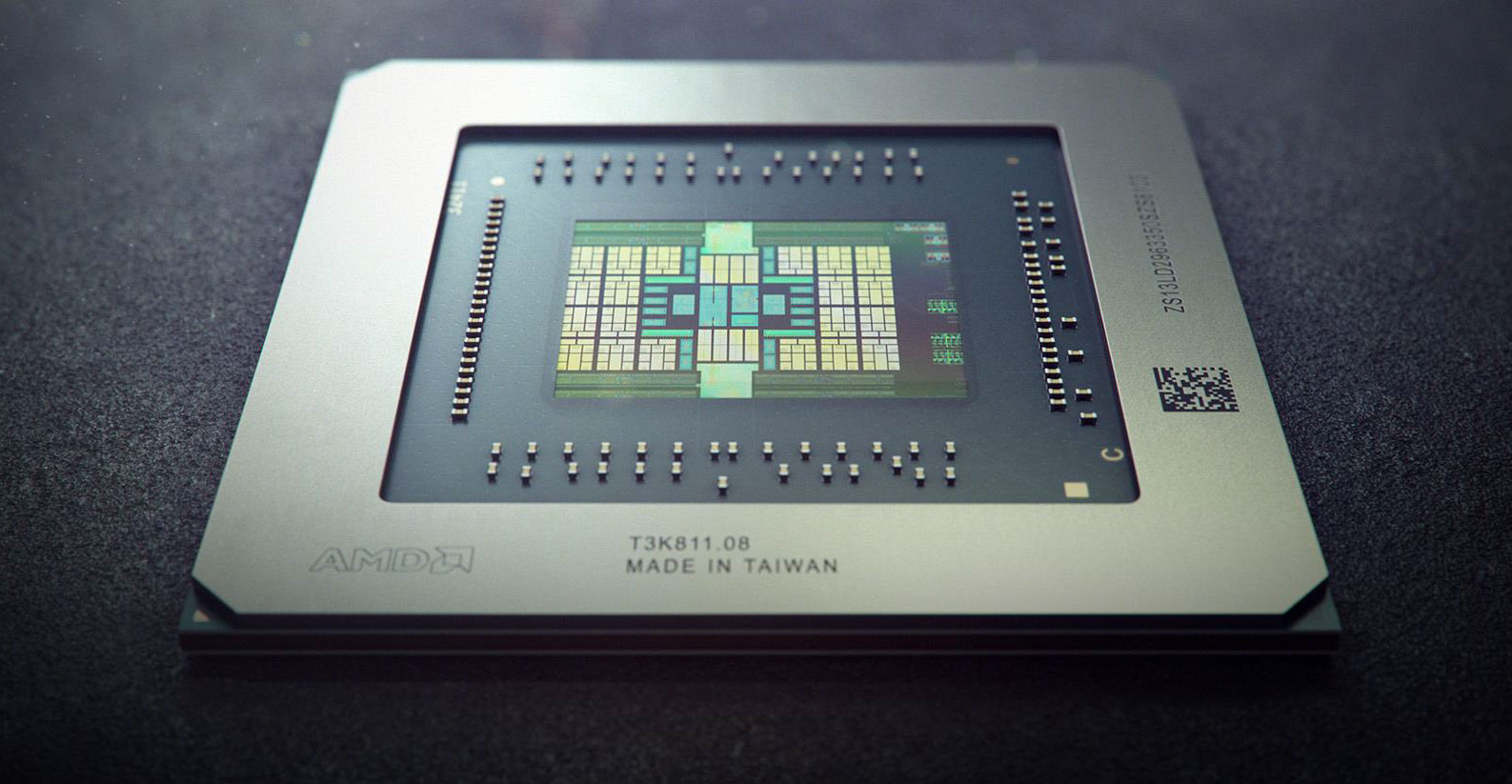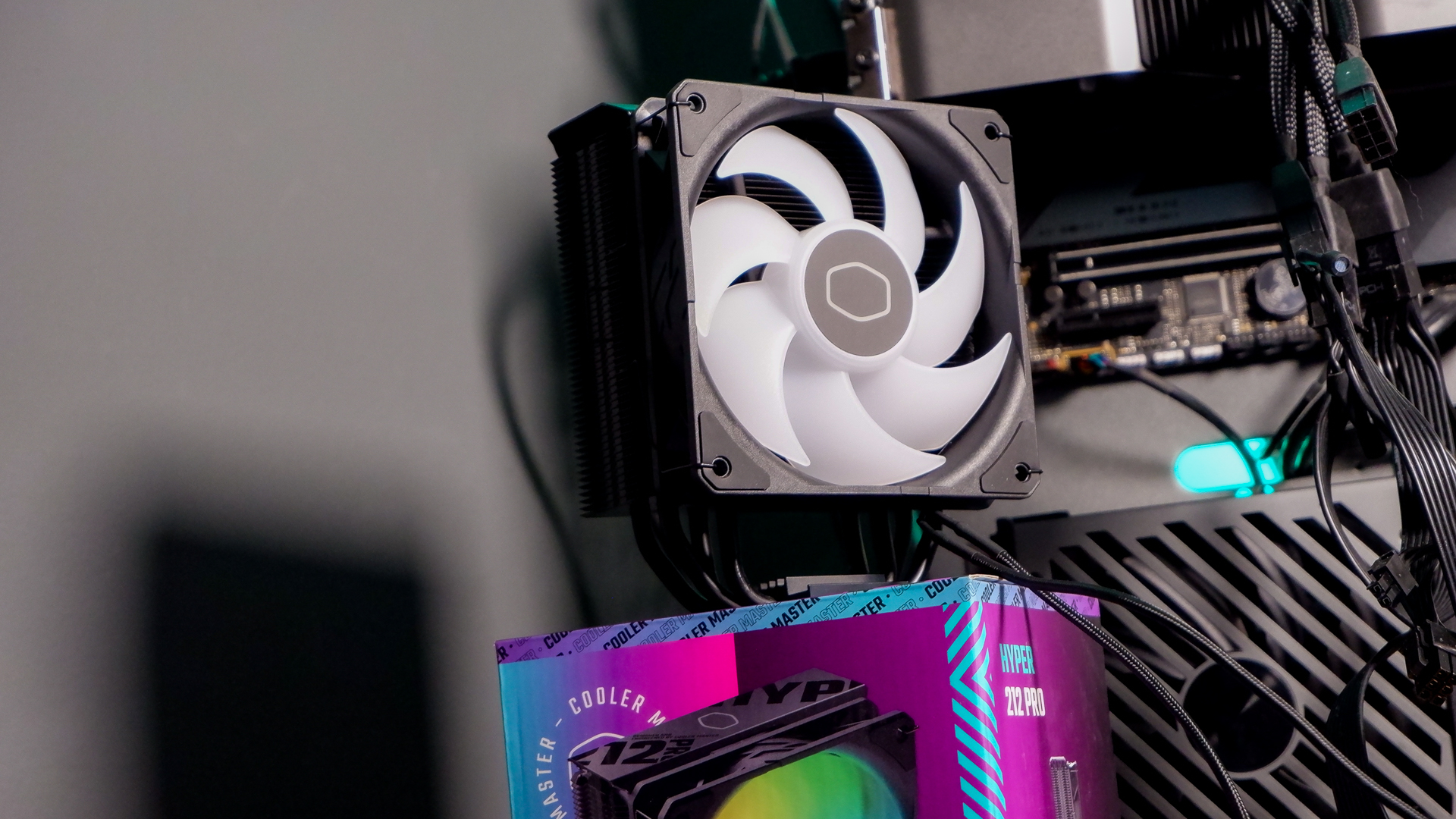AMD teases its next gen chiplet-based RDNA 3 architecture
Complete with a 50% performance-per-watt increase.

CPUs weren’t the only thing discussed at AMD’s Financial Analyst Day. AMD definitely wants to impress everyone with its upcoming Zen 4 CPUs, but a gaming rig is useless without a capable graphics card, and early indicators are that AMD’s next-generation RDNA 3 graphics cards will be very competitive indeed.
AMD hasn’t said much about RDNA 3. The cards are still many months from seeing the light of day, but as we get closer, AMD felt it was time to give a brief high-level overview of what we can expect. The thing that jumps out from the solitary slide below is a targeted greater than 50% performance per watt uplift. That’s a very impressive number indeed. Let’s assume a hypothetical RX 7900 XT is 50% faster than an RX 6900 XT at 300W. What could it do at 400W or 450W? Wowsers.
Next up is the confirmation that AMD will migrate to a chiplet design. It's been a kind of open secret that it would take this path, but this is the first time we have official confirmation. Of course, we don’t yet know specifically what AMD will build in the end. The demands of a gaming GPU are very different from those of a CPU. It’s a huge step to take and will require some creative engineering to deal with the huge amounts of low latency data that needs to be moved to different dies. I look forward to seeing how AMD tackles this challenge and if there are any bottlenecks that result.
RDNA 3 GPUs won’t be the first GPUs with chiplet designs though. AMD’s Instinct MI200 series HPC accelerators feature a multi-chip module design. These include ridiculously high bandwidth HBM2E stacks that can deliver up to 3.2TB/s of bandwidth, much higher than the 512GB/s of a 6900 XT. So, they’re not really comparable, but the MI200 cards and the performance of their die interconnects will have given AMD valuable insights into how MCM based designs can be applied to gaming GPUs.


Best CPU for gaming: The top chips from Intel and AMD
Best gaming motherboard: The right boards
Best graphics card: Your perfect pixel-pusher awaits
Best SSD for gaming: Get into the game ahead of the rest
RDNA 3 cards will be built on TSMC’s 5nm node. That’s a full node jump over the 7nm node used by RDNA 1 and RDNA 2 GPUs. With that alone, AMD can expect to be able to achieve higher clocks within a given power budget. It’s unlikely to stick to current levels though. The days of 300W flagship GPUs are surely over.
Interestingly, AMD revealed that the RDNA 4 architecture is in the works, though there are no other details beyond that. It’s unlikely that we’ll see RDNA 4 before late 2024.
AMD hasn’t provided a launch timeframe for its RDNA 3 cards, though the end of the year is a pretty safe bet. In the meantime, Nvidia is preparing its RTX 40 series of GPUs. They’re also rumoured to deliver big leaps forward in performance. The next battle between AMD and Nvidia is gearing up. Intel might have to sit out this round.
Keep up to date with the most important stories and the best deals, as picked by the PC Gamer team.

Chris' gaming experiences go back to the mid-nineties when he conned his parents into buying an 'educational PC' that was conveniently overpowered to play Doom and Tie Fighter. He developed a love of extreme overclocking that destroyed his savings despite the cheaper hardware on offer via his job at a PC store. To afford more LN2 he began moonlighting as a reviewer for VR-Zone before jumping the fence to work for MSI Australia. Since then, he's gone back to journalism, enthusiastically reviewing the latest and greatest components for PC & Tech Authority, PC Powerplay and currently Australian Personal Computer magazine and PC Gamer. Chris still puts far too many hours into Borderlands 3, always striving to become a more efficient killer.

